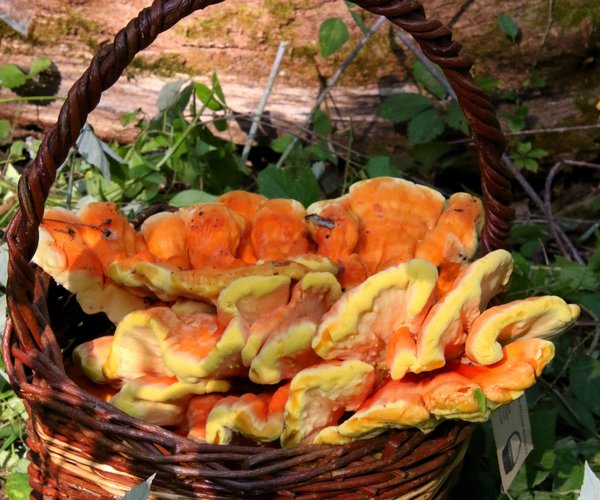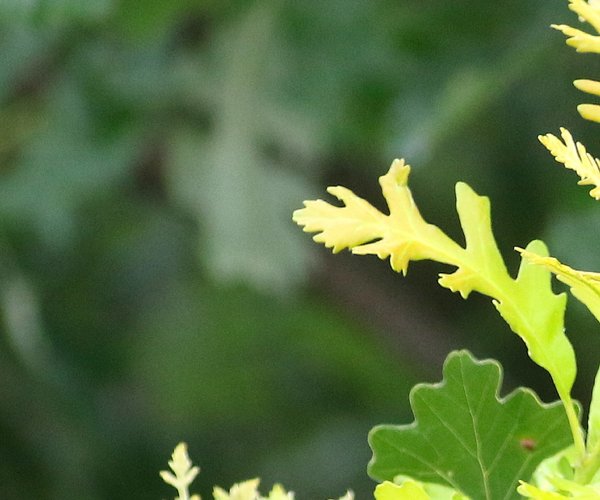Turkey tales are fanning out in feed mills, coffee shops, and church parking lots after the sermon.
One who hasn’t hunted in 10 years could not resist emailing me regarding his 1983 hunt in Grant County, his first. Bob Wood, now of Mount Hope, Wisconsin purchased his license, a box call, and set out to sneak up on tom the gobbling turkey. He was no more successful than thousands of novice hunters as recent as last week when Wisconsin’s spring season opened.
He said he broke for some plowing and discing that afternoon and probably mulled his mistakes in his mind.
Wood got smart fast, made use of a fallen tree top blind, yelped on a box call, heard an answer and when the bird stepped out of the brush he shot. Let’s hear it from Wood who remembers every detail of that event.
“I got ready, my heart was pounding and bang, I had my first turkey,” Wood said.
Back in those days a picture with a turkey in the Boscobel Dial was still worth the price of recognition.
Many period A hunters did what Wood did, finished their season in a few minutes.
“Many of the youth hunters got birds,” said Mike Burns, Iowa County field warden. “A lot have been successful since then, too. I only had one hunter who got an authorization card, but didn’t purchase a license and stamp.”
One was too successful and killed two birds with one shot.

For sure at least one of the birds will be confiscated, but wardens have some discretion, particularly if the hunter is honest from the beginning.
“The extra turkey must be taken.” Burns said. “The Wisconsin Legislature put that in the laws saying game taken illegally SHALL be taken.”
One of the first things out of turkey hunters’, farmers’, and wildlife biologists’ mouths is just that, “a lot of turkeys out there.”
Down in Lafayette County Wayne Smith saw 13 toms in one raft. “The gobblers were lined side-by-side, four in one group and five in another,” Smith said.
Didn’t get enough of turkey hunting? There are bonus authorizations available for periods E and F in zones 1 and 3.
Turkey hunters should be watching where they step. A few morels have been reported in sunny locations under elms, oaks and apple trees.
This cannot be the fourth poor year in a row for a poor mushroom season, or can it? One way to find out is start looking. We’ve had moisture, now warmth so give it a shot on a sunny location and gravitate toward areas more shaded. Set expectations low and modify them as necessary.
I checked my eyesight early and picked out a woodcock sitting on a nest of four eggs; no morels but rewards came in other ways.
Trout season and general fishing season open Saturday, May 3. Morels, fish and white turkey meat go together at supper time.
Bret Schultz, Black Earth’s trout fishing guru, is looking ahead to a good season with the warmer temperatures and ample rain but we can always use more precipitation, at least for the smaller streams, he said.
“This year started slow but January was good,” he said. “Then February and March were tough and now we’re about on schedule for a warmer May.”
“The small streams really benefitted with the rain and we could use more too,” Schultz said. “There are quite a few smaller fish in some streams, so that’s a great sign. There is always Richland County where there are a few too many fish in some streams. Anglers should go with traditional bait when fishing and keeping, where allowed. Crawfish, leeches, and earthworms all should work.
Quiet times abound, too. Just watching wildlife, observing plant progression, noticing leaves and catkins emerging, and pollen from cedars, pines, birches and hazelnuts are clouding the air.
A short ride and stroll started by noticing hen turkeys off their nest grabbing a bite of waste corn to eat. Still flocked, a rafter of displaying toms tried to draw attention of a feeding flock.
Common grackles tried to stuff prairie grasses in a wood duck nest box, but the drake and hen on a small pond didn’t notice. Another drake woodie sat alone on fallen cottonwood, and presumably the hen was incubating eggs. Another pair of woodies swam among watercress, not yet ready to start a clutch of eggs.

A lone bald eagle, likely the male, sat overlooking a trout stream. Upstream the female bald eagle pulled meat from a carcass, likely dropped off by the male, and fed two hungry eaglets.
A pair of ring-necked rooster pheasants fought violently for permission to remain on a territory, while farther up the county highway a rooster and hen were content with what they had; a territory to themselves.
Wisconsin’s spring is like this; something for everyone to enjoy where gathering can mean hooking a fish, shooting a turkey, admiring a bloodroot ephemeral’s red latex and white flower, and photographing a perched bald eagle or lonely drake wood duck.
Contact Jerry Davis, freelance writer at sivadjam@mhtc.net or 608.924.1112





